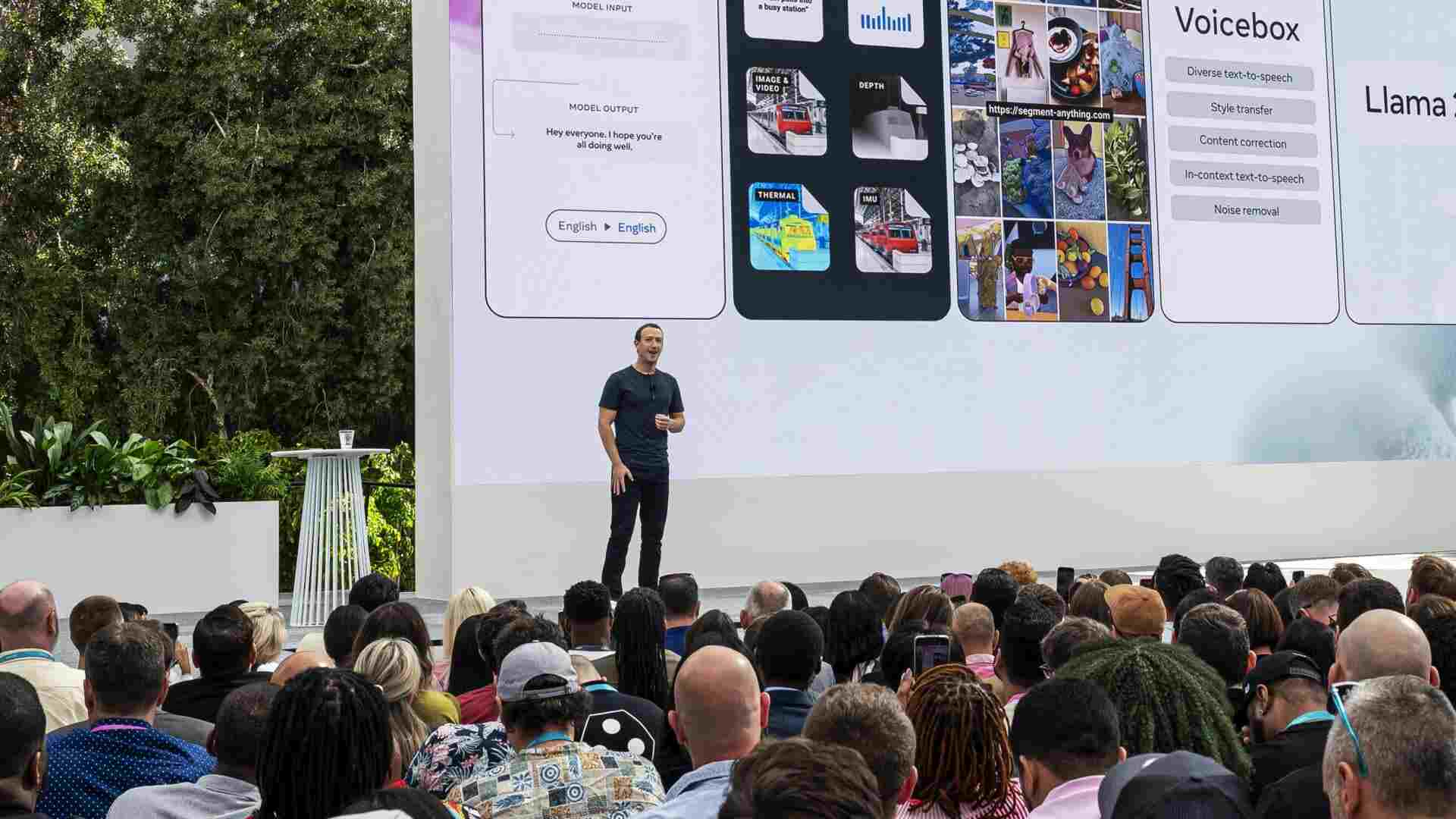- | 9:00 am
What will a cognitive city look like? Are we ready for it?
It’s a city that is personalized, citizen driven, hyper-connected, and minimizes resource consumption.

Your alarm goes off at 6:55 AM, factoring traffic and weather conditions, even the lines at your favorite cafe, and, of course, docking space there. So you have enough time to get ready and have your breakfast. Precisely at 8:05 AM, a synced-up autonomous transport pod assigned by the city picks you up.
On your way to work, consider how much thought has gone into planning the spaces you pass on this journey to maximize efficiency, receiving real-time information on each individual’s needs and personalizing services using knowledge, cognition, and creativity. Then you slip into a VR meeting in your in-pod conference system as you check your appointments for the day. With high-speed transit and autonomous mobility, journeys don’t take much time.
What if we can have a shared urban environment that is, on the whole, truly focused on the human and all their needs? In the next decade, we could witness such cities – cognitive, hyper-connected and human-centric, minimizing resource consumption as we face an era of daunting problems including population growth, changing energy balances, urban densification, and climate change.
Writing about the cognitive city, Peter Calthorpe, Principal and Co-Founder of Calthorpe Analytics, who in his three-decade practice solidified a global trend towards the key principles of sustainable urban development, likens it to a human body. “Cognitive functions follow a sequence; raw perception, filtering information, identifying threats and desires, imagining alternate actions, speculating on potential outcomes, and mobilizing for action. In the age of big data and cloud computing, the city can become conscious in exactly these ways.”
A cognitive city is the next evolution of a smart city, says Professor Tadhg O’Donovan, Deputy Vice-Principal, Academic Leadership and the Head of the School of Engineering and Physical Sciences at Heriot-Watt University Dubai. “It’s another level of efficiency and technological interconnectedness that can pave the way for holistic development.”
Pioneering urbanist William Whyte’s book The Social Life of Small Urban Spaces discusses how human behavior affects urban planning. Many things have changed since the book was written, but the fundamentals remain the same. Design a great city that can extend what is known in the human sciences. A city that can observe, measure, learn, and predict.
PREDICTING DEMAND AND ENABLING THE PROVISION
Today, emerging and advanced technologies, including data science and artificial intelligence, understand the detailed workings of the urban realm and go well beyond simple observations of the overt behavior of citizens. Now, technology can understand and adapt to the behaviors of those who inhabit urban spaces – triangulate them to maximize efficiency, and add insights from the city to make recommendations through the constant stream of data reflecting our day-to-day experiences.
“A cognitive city has the ability to be truly human-centric – predicting demand and enabling the provision of innovative services and solutions that unleash human potential and create efficiencies which give us more choice on how we spend our time,” says Joseph Bradley, CEO of NEOM Tech & Digital Company. “Every interaction with a platform or process in a cognitive city leads to exponential data generation, which is then fully leveraged to enhance the user experience.”
“In other words, the more a platform is engaged with, the more valuable it becomes, creating a direct link between participation and perceived value.”
These eventually generate the parameters for a cognitive city – successful person-environment interactions, where information sharing, interoperability, and collaboration create a seamless experience for each person, between all things and all persons, enabling the city to empower individuals in choosing the services that make the most sense for their lives.
“Through different technologies that cognitive cities leverage such as natural language processing, cloud computing, IoT, and more, a cognitive city relies on predictive analytics,” says O’Donovan. “The city requires complete and accurate data to make proper and rational decisions.”
In fact, the idea of autonomous decision-making processes relies on predictive analysis. A cognitive city seamlessly analyzes communication technology to deploy an effective function. For example, through data analysis, algorithms can extract information regarding a football match that’s causing traffic. It would then respond by sending traffic management personnel to facilitate the traffic hours before it starts to pile.
DIGITALIZATION AND LEVERAGING ADVANCED TECHNOLOGY
A set of three principles can help ensure moving towards a cognitive city, an environment focused on meeting both current and future needs, says Mazen Houalla, Partner at KPMG Lower Gulf. “These are adopting a mindset prioritizing ‘citizen-customers’ and the ‘common good’, establishing a foundation that enables ‘smart digitalization’ through strong IT and cloud infrastructure, successful partnerships, clear and focused leadership, and continuous learning; and using conscientious ‘leapfrogging’ that enables strategic acceleration of the development cycle via digitalization and tech-enabled infrastructure.”
Through digitization and leveraging advanced technologies, a cognitive city can interact with the population seamlessly, explore events and analyze their consequences to evolve constantly.
“Through smart technology, a cognitive city uses data to analyze the behavior of residents and the environment to respond accordingly. This constant and immediate response to needs means a reimagining of how our society operates and an unprecedented level of sustainability – not only in terms of the environment but jobs, social security, healthcare, and more,” says O’Donovan.
The foundation of a cognitive city lies in the awareness of the personalities of its inhabitants. Parts of Saudi Arabia’s $500 billion mega-project NEOM, THE LINE, will leverage AI and cognitive technologies to offer intelligent solutions and predictive autonomous services. Powered entirely by renewable energy, it is a city that will put people, well-being and nature at the center of its revolutionary urban design to provide a healthier, more sustainable way of life.
THE LINE will consist of connected communities – citizens and enterprises will interface digitally with physical things. It’s a reimagined way of living. No cars, no roads, no traffic. Seamless mobility across city functions layered vertically – a concept that its creators are referring to as “Zero Gravity Urbanism”.
Using big data, the Internet of Things, and AI to gather more insights into human behavior will redefine the art of possibility – going from reactive to proactive and personalized. A cognitive environment understands and analyzes an individual’s practices. For example, the city will know what you’d like to eat or if you are on a special diet and will stock your pantry accordingly. Advanced holographic technology will allow you to be remotely present, and humanoids can represent you in meetings.
“In a cognitive environment, you have system-wide implementations,” says Bradley. “A common data infrastructure means that technologies such as artificial intelligence and analytics can enable sharing from one asset to another, allowing for a deeper understanding and prediction of user behavior.
“NEOM essentially serves as an ‘app store’ offering a flexible set of cognitive solutions for every use case that is steadily adapting to residents’ needs.”
There we have it: The true measure of a cognitive city is when it engages in a cycle of “learning” from its ecosystem (people, nature, infrastructure) and responds intelligently to developing needs. Then you’ll know that humanity has reached the pinnacle of achievement. Are you ready to move in?






































